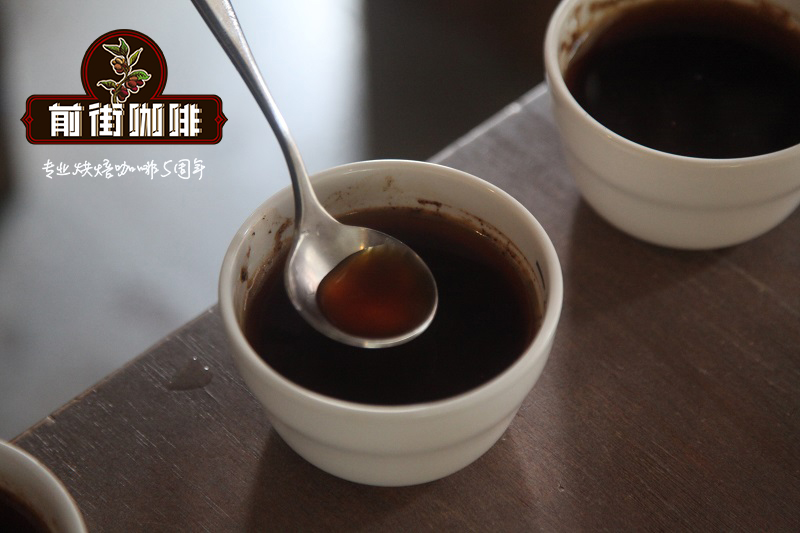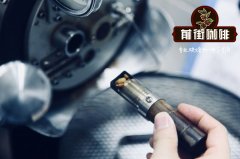Is the coffee as fresh as possible? How to raise coffee beans? what is the coffee awakening period?

Professional coffee knowledge exchange more coffee bean information please follow the coffee workshop (Wechat official account cafe_style)
When most people buy things, the habitual thinking is "fresh is better" and "freshly baked is better". This idea is also placed on the purchase of coffee products. therefore, many coffee shops boast "fresh and baked" and "drink now" coffee beans can retain a good taste to attract consumers to buy first!
But we may have heard that coffee takes a period of time to grow beans to have a good taste, which seems to be a little different from what the store claims. Should we buy freshly roasted coffee beans or buy beans after the breeding period?
Let's first explain the phenomenon of raw coffee beans after roasting. First of all, the volume of raw coffee beans expands 1.5 to 2 times, and numerous small pores are created in the beans. These porous tissues contain a large amount of carbon dioxide produced by baking and high volatile organic compounds, which will continue to emit a large amount of carbon dioxide within 3 to 5 days after baking, so freshly roasted coffee beans will continue to emit a large amount of carbon dioxide within 3 to 5 days after baking, so freshly roasted coffee beans will be bagged for some time. The whole bag will bulge up because of the squeeze of carbon dioxide. If the bag does not have an one-way exhaust valve, it may affect the subsequent exhaust stability and preservation of coffee beans. At this time, the aroma of coffee beans is mainly caramel, malt and coffee.
After 3 or 5 days, carbon dioxide emissions in beans tend to stabilize, and all kinds of substances in beans also stabilize after baking and pyrolysis. at this time, you can smell the smell of coffee beans, and you can better understand the aroma of flowers and fruits that coffee experts often say.
Next, we will talk about the brewing and extraction of coffee. When we brew coffee in hot water, the hot water will pass through the porous tissue, take away the soluble substances, and release carbon dioxide and aromatic substances, resulting in the various aromas of coffee that we smell.
So what happens when we use freshly roasted coffee beans? First of all, the expansion and discharge of carbon dioxide after heating offsets the pressure of hot water extraction, resulting in limited benefits in the middle stage of extraction, that is, we often say that insufficient extraction will affect the concentration of the final product of coffee and cause a sense of astringency. And because the substances in the beans continue to combine and recombine, and the aromatic substances are still not completely stable, the aroma and acid may be monotonous or too clean, lacking hierarchical and charming flower and fruit aromas. however, if this coffee bean is roasted to a deeper degree, regardless of whether it is cultivated or not, caramel, malt or nuts will be the main flavor after brewing. A large amount of carbon dioxide only has a great effect on the concentration of coffee.
Therefore, when we use coffee beans after the bean cultivation period to brew, carbon dioxide emissions have become stable, and the combination of organic compounds has been completed, so that there is less resistance when the water flows through the pore tissue, and all kinds of coffee substances can be extracted properly. so that the coffee products can reach the concentration we need and convey the flavor characteristics of the roasted place.
The above instructions are more suitable for the extraction of general hand-flushing utensils. In the case of Italian coffee, it takes a longer period of time to cultivate beans in order to avoid the problem of insufficient extraction concentration. When buying coffee beans, of course, they are mainly fresh, but we should still pay attention to the baking date. We can get the characteristic flavor of the coffee beans after the bean cultivation period, and try our best to avoid using freshly baked coffee beans to brew. It is suggested that if you have the opportunity to get coffee beans baked at different times, compare the aroma of coffee beans that have just been baked with those that have been stored for five days, so that you will have a better understanding of the importance of bean cultivation period to roasted coffee.
Important Notice :
前街咖啡 FrontStreet Coffee has moved to new addredd:
FrontStreet Coffee Address: 315,Donghua East Road,GuangZhou
Tel:020 38364473
- Prev

Why do roasted coffee beans wrinkle? Coffee roasting method coffee roasting process
Professional coffee knowledge exchange more coffee bean information please follow the coffee workshop (Wechat official account cafe_style) Why are there wrinkles on the surface of roasted beans? If you look closely at the surface of baked beans, you will find that the lines on the surface of some beans are completely stretched, while others are not. How did this difference come about? One of the reasons: the density of raw beans is high.
- Next

How to choose coffee? How to distinguish the pros and cons of coffee? how to choose high quality coffee?
Professional coffee knowledge exchange more coffee bean information Please pay attention to the coffee workshop (Wechat official account cafe_style) often hear "a mouse shit, a pot of porridge bad", brewing coffee is the same, as long as a bad coffee bean mixed in, not only smell, drink will have astringent taste, and even cause throat lock, throat irritation, so the next will provide how to distinguish between coffee
Related
- Beginners will see the "Coffee pull flower" guide!
- What is the difference between ice blog purified milk and ordinary milk coffee?
- Why is the Philippines the largest producer of crops in Liberia?
- For coffee extraction, should the fine powder be retained?
- How does extracted espresso fill pressed powder? How much strength does it take to press the powder?
- How to make jasmine cold extract coffee? Is the jasmine + latte good?
- Will this little toy really make the coffee taste better? How does Lily Drip affect coffee extraction?
- Will the action of slapping the filter cup also affect coffee extraction?
- What's the difference between powder-to-water ratio and powder-to-liquid ratio?
- What is the Ethiopian local species? What does it have to do with Heirloom native species?

